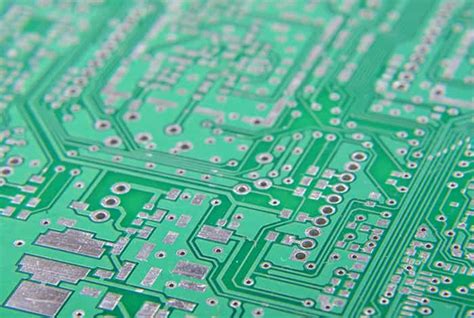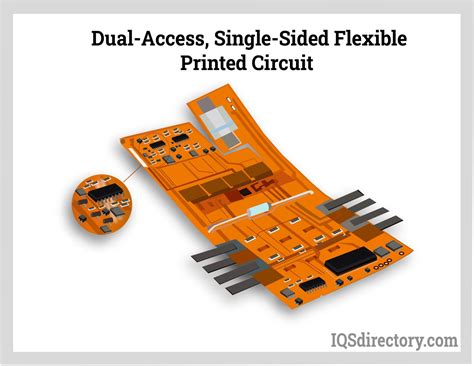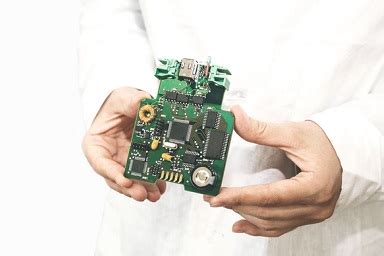Is PCB copper plating an important part of circuit board design?
PCB design copper plating is a very important part of circuit board design. What is PCB copper plating? It is to fill the idle space in the non-wiring area on the PCB with solid copper. The significance of copper plating is to reduce the ground impedance and improve the anti-interference ability; reduce the voltage drop, improve the power efficiency, and connect to the ground line, and it can also reduce the loop area.
The significance of PCB copper plating
The main benefit of copper plating is to reduce the ground impedance (a large part of the so-called anti-interference is also caused by the reduction of ground impedance). There are a lot of spike pulse currents in digital circuits, so it is more necessary to reduce the ground impedance.
It is generally believed that for circuits composed entirely of digital devices, a large area of ground should be laid, while for analog circuits, the ground loop formed by copper plating will cause electromagnetic coupling interference, which is not worth the loss (except for high-frequency circuits). Therefore, not all circuits need to be copper plating.
Advantages and disadvantages of PCB copper plating
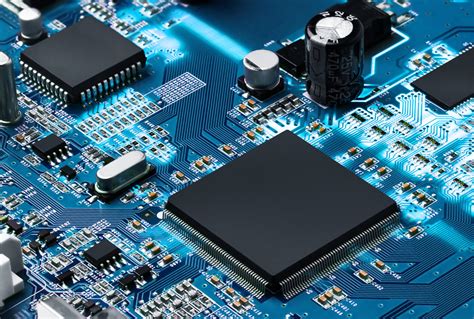
01 Advantages
- For EMC (electromagnetic compatibility) requirements, large areas of ground or power supply need to be copper plating, which will play a shielding role. Some special grounds, such as PGND (protective ground), play a protective role.
- For PCB process manufacturing requirements, in order to ensure the uniform copper plating effect of electroplating, or to prevent the lamination from deformation and bending, copper is laid for PCB layers with less wiring.
- For signal integrity requirements, a complete return path is given to high-frequency digital signals, and the wiring of the DC network is reduced. Of course, there are also reasons such as heat dissipation and copper laying required for the installation of special devices.
02 Disadvantages
- If the pins of the components are fully covered with copper, it may cause excessive heat dissipation, which will make it difficult to remove solder and repair. Therefore, in order to avoid this situation, a cross connection is sometimes used for the components (the pin contact and the pad contact are “cross”).
- Copper laying in the area around the antenna part is likely to cause weak signals, interference with the collected signals, and the impedance of the copper laying will affect the performance of the amplifier circuit. Therefore, copper is generally not laid in the area around the antenna part.
Shape of PCB copper laying
Solid shape copper laying
Solid copper has the dual functions of increasing current and shielding. However, if there is a certain tension of thermal expansion and contraction during wave soldering, the board may warp up or even bubble. Therefore, for solid copper plating, several grooves are usually opened to relieve the tension that causes the copper foil to blister.
Grid-shaped copper plating
Grid copper plating mainly plays a shielding role, and the effect of increasing current will be reduced. From the perspective of heat dissipation, grid copper plating not only reduces the heating surface of copper, but also plays a certain electromagnetic shielding role. However, the production process has certain requirements for grid-shaped copper plating, and too small a grid affects the quality yield.
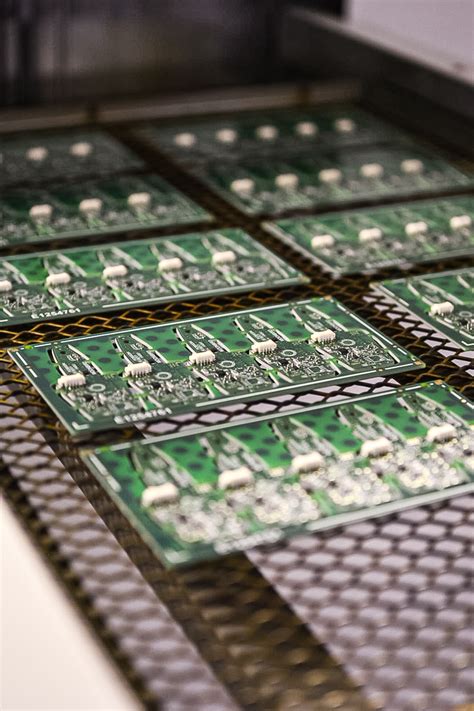
PCB copper plating design
When designing PCB, generally each surface of the PCB must be copper-clad and grounded. The main reason is to prevent PCB bending and deformation and various signal interference and crosstalk.
Therefore, copper plating and grounding are required when routing. However, since there are a large number of components and routing on the outer layer, the copper foil will be divided into many small isolated copper and thin copper skins by these component pads and their routing.
- Dealing with broken copper
Those thin and long grounded copper with poor grounding will have antenna effects and cause EMC problems. Therefore, try to avoid causing broken copper when plating copper. If broken copper is caused, it can be deleted. - Dealing with isolated copper
Isolated copper (dead zone) copper problem. If the isolated copper is relatively small, it is equivalent to broken copper and can be deleted. If it is large, it can be defined as a certain ground and vias can be added. At this time, there is no isolated copper.
PADS photolithography file copper coating
PADS designed files need to be re-coated when they are opened for the second time. The reason is that the copper coating of PADS software is linear copper skin, which is also a feature of PADS software. The linear copper skin has a large amount of data. If you close the software and reopen the saved copper coating, the file will be opened very slowly and stuck. Therefore, after the PADS software is closed, only the copper skin frame of the design file is retained.
PADS copper coating method:
- Hatch
Hatching is to restore copper coating, because PADS software does not retain the entire copper skin designed, but only the outer frame of the copper skin, so the copper coating needs to be restored when the design file is opened for the second time. - Flood
Copper coating is used for the first time after the PCB Layout is completed, or the PCB needs to be re-used if there are changes (such as design rules) in the PCB. - Plane connection
Plane connection refers to the copper foil of the inner layer. The reason is that the copper foil designed by PADS software only retains the outer frame of the copper foil. When opening the design file for the second time, the copper foil of the inner layer needs to select plane connection to restore copper plating.
Therefore, when the PADS design file is output to the Gerber file, the copper plating needs to be refilled and restored when the design file is opened for the second time. If the board factory helps the design engineer to output Gerber, it is necessary to restore the copper plating operation, otherwise the output Gerber file will lack copper foil, resulting in manufacturing errors and the product cannot be used.
DFM check design copper plating
Regarding the manufacturability of broken copper and isolated copper, the broken copper will be etched away due to the slender features during the manufacturing process, resulting in copper separation, falling off in other locations and causing short circuits in different networks.
When the board factory CAM engineer processes the production file, the isolated copper will ask and confirm with the design engineer, because the isolated copper without network connection is an abnormal design. Therefore, the existence of isolated copper in the design will waste communication costs and delay the production cycle.

